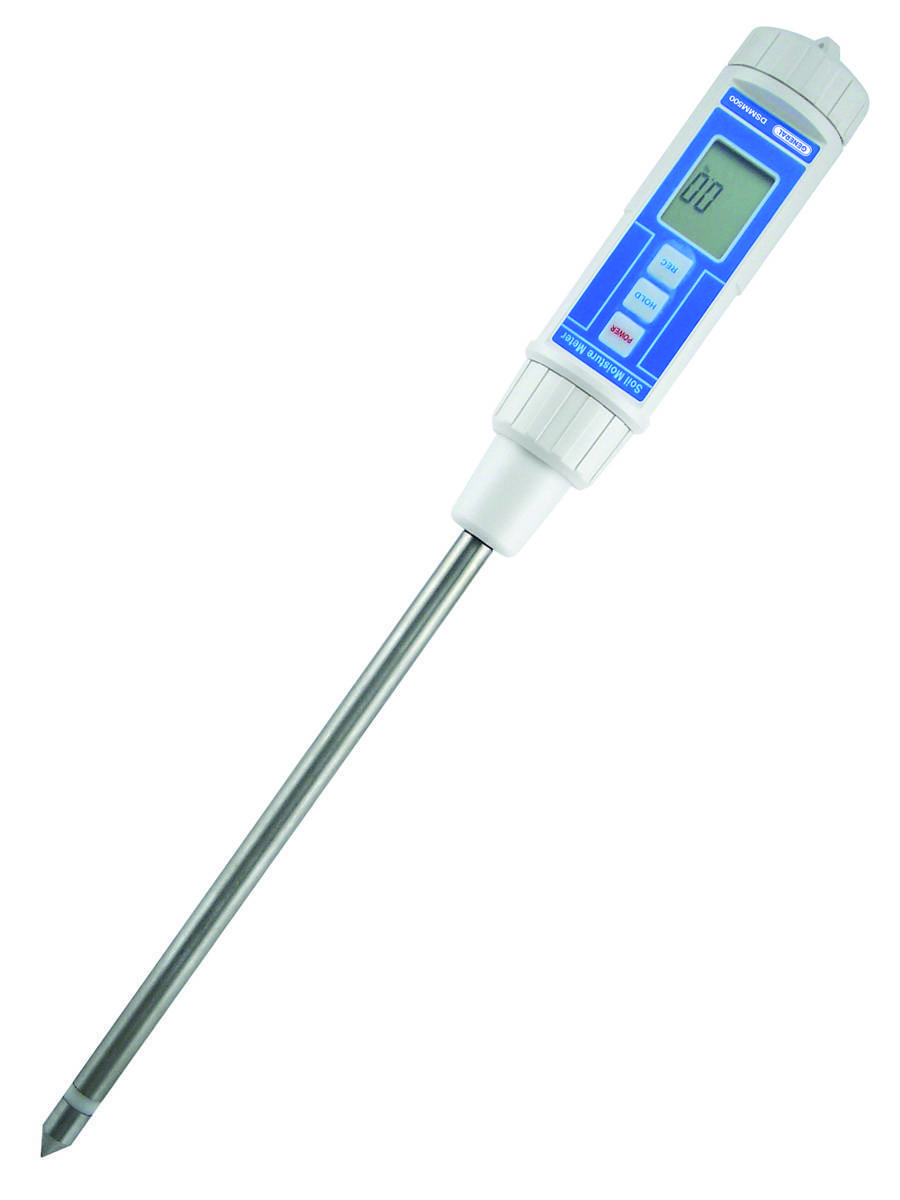Recognizing the Value of a Moisture Meter in Protecting Against Mold and Water Damages in Your Home
In the realm of home upkeep, the existence of wetness can often be a silent yet awesome opponent, capable of creating prevalent mold and mildew growth and dangerous water damage if left unchecked. Recognizing the significance of a wetness meter in this fight is not simply a choice however a strategic necessity.
Relevance of Moisture Detection
Efficient wetness discovery approaches are critical for protecting homes and stopping possible mold and mildew growth and water damage. Dampness can seep into various structure products, bring about structural concerns and carcinogen. By making use of a moisture meter, residential or commercial property proprietors can proactively recognize areas vulnerable to excess moisture, permitting prompt treatment and mitigation approaches.
Moisture meters provide precise readings of moisture degrees in various materials such as wood, concrete, and drywall. This data assists in pinpointing locations of concern, also in concealed or hard-to-reach places. Early discovery of moisture accumulation allows punctual fixings or changes to stop additional damage.

How Moisture Meters Job
Dampness meters play a crucial function in the proactive identification of excess wetness, assisting in the prevention of possible mold growth and water damages by giving exact readings of moisture degrees in various structure materials. These gadgets work based on various concepts, relying on their type. Moisture Meter. Pin-type dampness meters, as an example, have two pins that penetrate the product to determine the electric resistance between them. When dampness is present, it boosts the product's conductivity, bring about a reduced resistance reading. Pinless wetness meters, on the various other hand, usage electro-magnetic sensing units to check the product without creating damage. These sensing units give off electro-magnetic signals that penetrate the product and gauge the dielectric residential or commercial properties, showing moisture material. Some progressed dampness meters integrate both pin and pinless technologies for detailed dampness discovery. Recognizing just how moisture meters feature is important for exact and prompt moisture degree assessments, allowing reliable safety nets versus mold and mildew and water damage.
Finding Early Indication
Upon first assessment of a property, acknowledging refined signs of excess moisture becomes important in the very early detection of possible mold growth and water damage. Some typical early indication include stuffy odors, water stains on ceilings or wall surfaces, peeling off paint or wallpaper, and distorted or blemished surfaces. Musty smells usually suggest the visibility of mold and mildew or mold, also if no visible signs are evident. Water discolorations can signal leakages or infiltration, while peeling paint or wallpaper might be a result of wetness compromising the attachment of these materials to the surface area. Distorted or tarnished surfaces, such as bending floorboards or tarnished drywall, are clear signs of water damages. Furthermore, an increase in allergy symptoms or respiratory system problems among owners may recommend the presence of mold due to excess wetness. By immediately determining and dealing with these early caution signs, property owners can minimize the threat of substantial mold and mildew growth and continue reading this water damage in their residential properties.
Avoiding Mold And Mildew Development
Recognizing very early warning indicators of excess moisture within a home not only allows prompt discovery of possible mold and mildew growth and water damage yet likewise acts as an aggressive measure in avoiding the proliferation of mold and mildew. To properly avoid mold and article source mildew growth, it is essential to resolve any kind of sources of wetness without delay. This can include fixing leaks in roofing systems, pipelines, or home windows, making sure proper air flow in moist locations like restrooms and kitchen areas, and using dehumidifiers in high-humidity areas. Routinely preserving the residential property and examining's pipes, roof covering, and seamless gutters can also help in stopping water intrusion that might bring about mold development.
Checking moisture degrees in areas susceptible to wetness, such as basements and creep rooms, using a wetness meter can additionally aid in early discovery of raised dampness degrees and prospective mold and mildew development - Moisture Meter. By taking aggressive procedures to prevent excess wetness and mold and mildew development, house owners can protect their residential or commercial property and indoor air high quality.
Benefits of Regular Tracking
Normal tracking of wetness levels in a property can play an essential duty in maintaining a healthy and balanced interior setting and preventing prospective mold and mildew and water damage. By regularly inspecting dampness degrees, home owners can spot any concerns quickly and take needed activities to stop mold development and water damages.
Moreover, routine tracking permits house owners to track patterns and trends in wetness levels over time. Ultimately, the regular monitoring of dampness levels empowers home owners to shield their building, safeguard their health and wellness, and protect the integrity of their indoor atmosphere.

Final Thought

By making use of a wetness meter, residential property owners can proactively identify areas susceptible to excess wetness, enabling for timely intervention and reduction approaches.

Keeping track of dampness degrees in areas vulnerable to moisture, such as cellars and creep spaces, using a moisture meter can likewise aid in very early discovery of raised wetness degrees and prospective mold and mildew growth. (Moisture Meter)